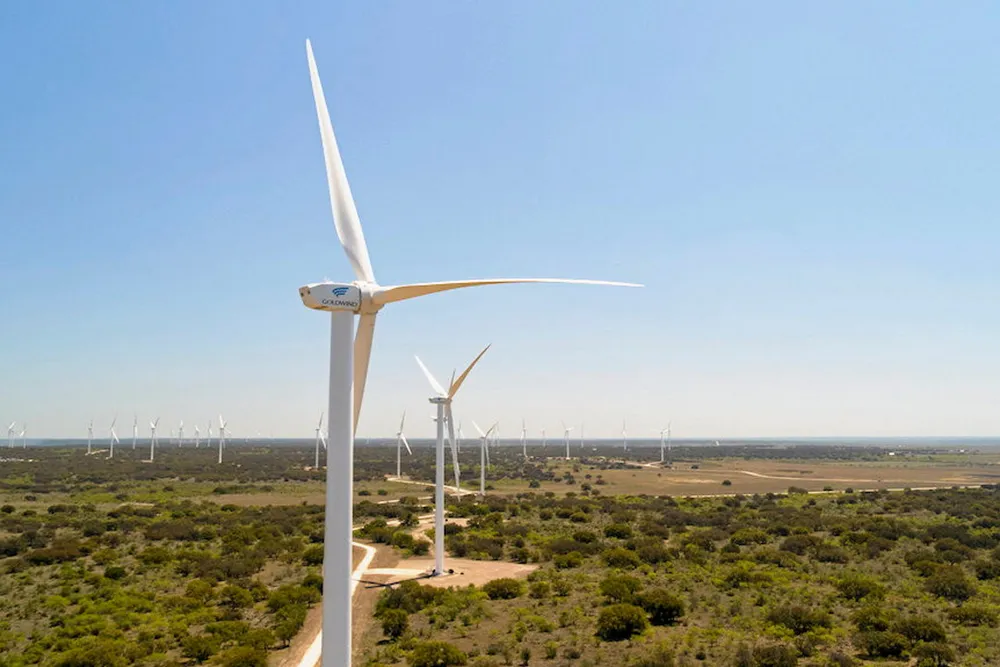Conservative Republican Texas' main grid now has almost 25% of US installed utility wind and solar
Available land, a booming economy, great resources, and low tax burdens are fueling near-term development that outstrips other states

Utility-scale wind and solar installations in the main Texas grid comprise almost 25% of the US fleet, underscoring the conservative Republican state’s ability to attract clean energy investment to help meet robust economic and electricity growth, according to latest data.
As of June, grid operator Electric Reliability Council of Texas (Ercot) had 39.45GW of wind capacity and 25.33GW of solar within its service territory that represents 90% of the state’s electric load.
Ercot’s latest numbers show that wind and solar together comprise more than 38% of installed generating capacity. The US, in turn, had 152,6GW of wind and 116.8GW of solar available for power generation, or about 21% of the national fleet.
This disparity stands out given top Texas elected officials led by Governor Greg Abbott have been publicly critical of wind for its perceived shortcomings during peak summer and winter power demand and continued generous subsidy support at the federal level.
Texas also provides relatively few fiscal incentives for clean energy compared with states controlled by Democrats led by California, Massachusetts, and New York.
A major catalyst for wind development in Texas was its $6.9bn investment last decade in 3,600 miles (5,800 km) of new high-voltage transmission lines that provided access to 18.6GW of distant resource and a conduit with key load centres such as Austin, Dallas, Fort Worth, and Houston.
Expansions and upgrades in the Panhandle and south coastal regions have also spurred clean energy development. These investments also serve fossil-related industrial activities and strengthen grid resiliency.
Development of Texas wind, and more recently solar and battery storage, is attractive for investors partly because of great resource and availability of land which is mainly privately owned. This often facilitates leasing arrangements, project siting, and permitting that can be major hurdles and raise costs with large federal ownership common in western states.
Texas’ state and local tax burdens are also among the lowest in the nation which is drawing both project developers and major green energy customer corporations such as Apple, Meta, Tesla, and Toyota to feed their expanding campuses and manufacturing operations.
The state’s $2.4 trn economy, the world’s ninth largest, and surging population of 30 million, also generate sustained demand growth for electricity that can only be met with a strong contribution from carbon-free technologies.
Looking ahead, solar is on pace to overtake wind with generating capacity in Ercot, possibly within five years, depending on several factors such as availability of grid ties and modules, most of which are now sourced from Southeast Asia.
Wind is now 25.2% of Ercot’s installed generation capacity and solar 13.2%. As of 30 June, it reports 1,812 requests for interconnection totaling 351GW. Solar comprises 43.4%, or 152.4GW, with wind a distant 9%, or 31.4GW.
On 31 March, Texas, mainly Ercot, had about 27GW of clean energy capacity in near-term development with the bulk being solar, far more than any state, according to American Clean Power Association, a national trade group.
(Copyright)